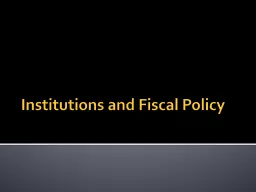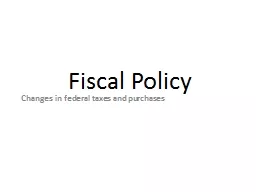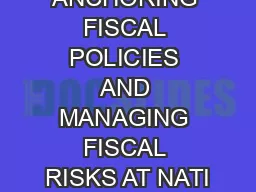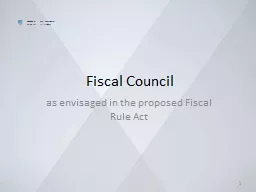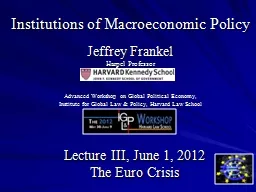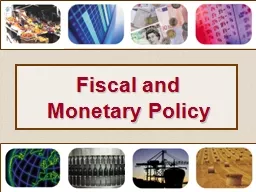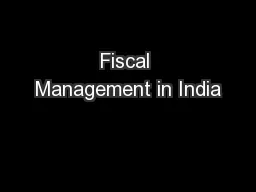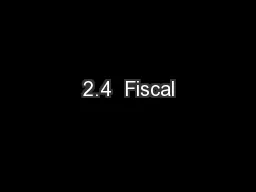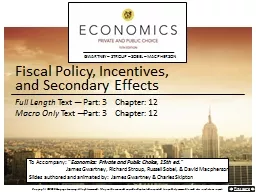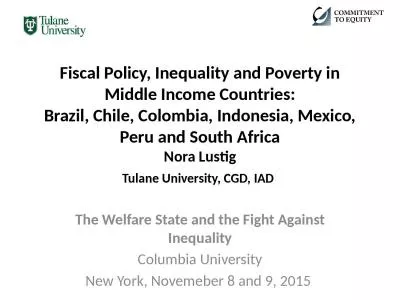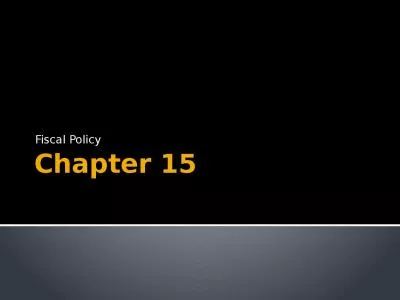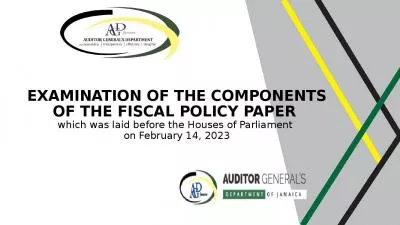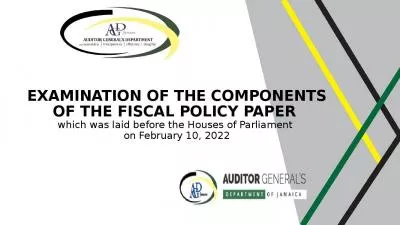PPT-Institutions and Fiscal Policy
Author : jezebelfox | Published Date : 2020-06-17
Dimensions of Fiscal Policy Deficits and debt Speed of adjustment and overall debt burden The overall size of government General versus targeted expenditures Redistribution
Presentation Embed Code
Download Presentation
Download Presentation The PPT/PDF document "Institutions and Fiscal Policy" is the property of its rightful owner. Permission is granted to download and print the materials on this website for personal, non-commercial use only, and to display it on your personal computer provided you do not modify the materials and that you retain all copyright notices contained in the materials. By downloading content from our website, you accept the terms of this agreement.
Institutions and Fiscal Policy: Transcript
Download Rules Of Document
"Institutions and Fiscal Policy"The content belongs to its owner. You may download and print it for personal use, without modification, and keep all copyright notices. By downloading, you agree to these terms.
Related Documents

